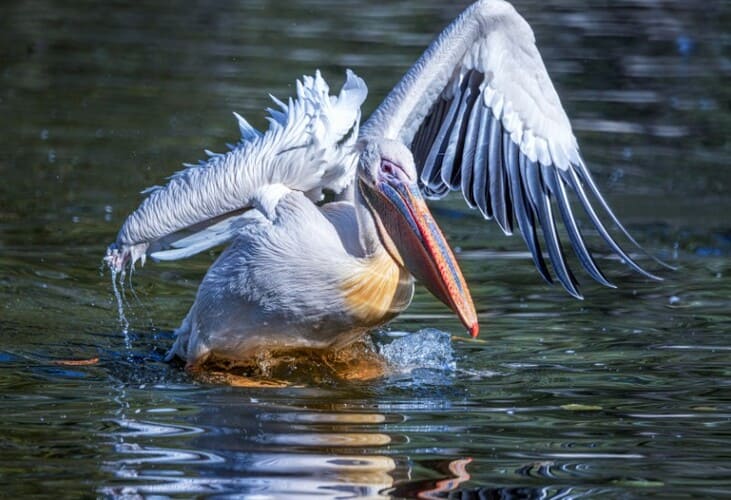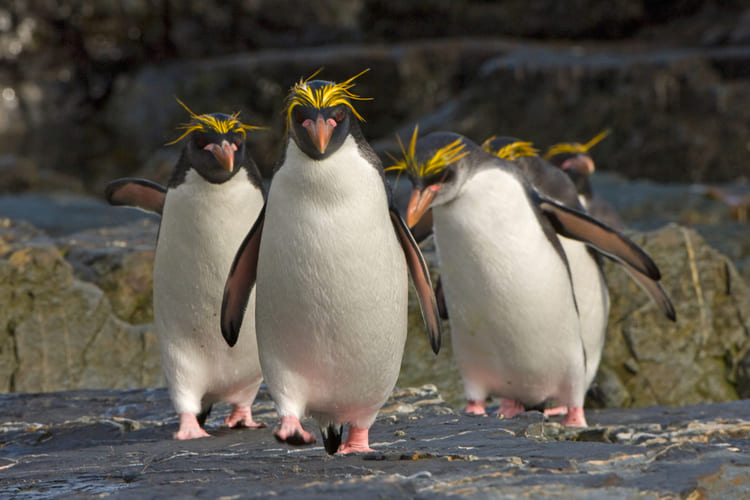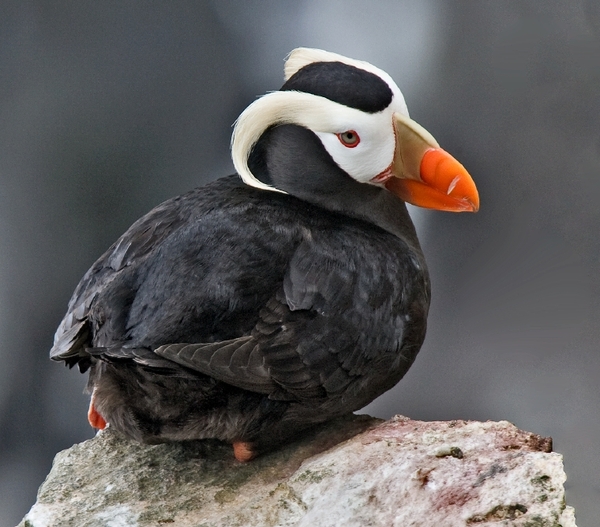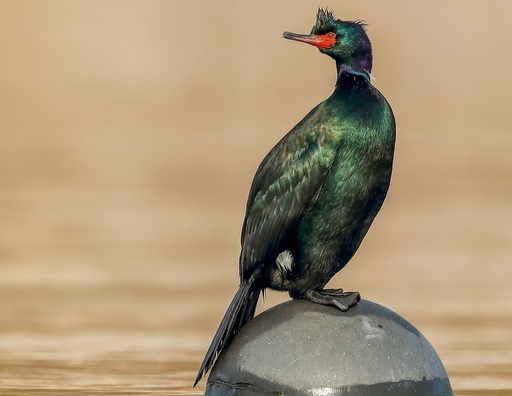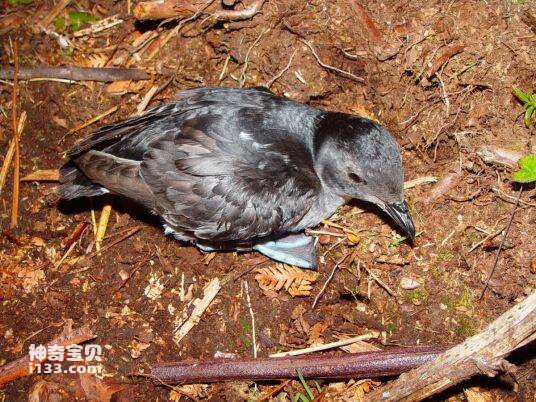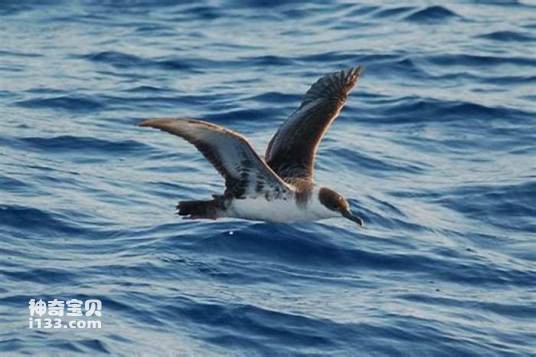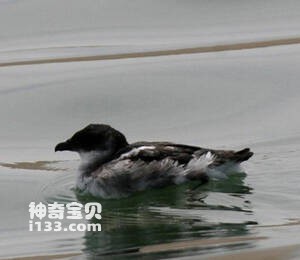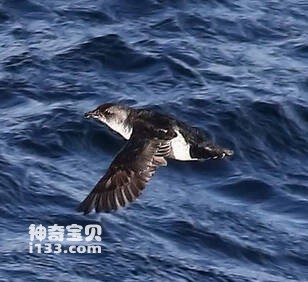Lophodytes cucullatus
IUCN
LCBasic Information
Scientific classification
- name:Lophodytes cucullatus
- Scientific Name:Lophodytes cucullatus,Hooded Merganser
- Outline:Waterfowl
- Family:
Vital signs
- length:42-50CM
- Weight:No textual research information is available
- lifetime:No textual research information is available
Feature
The male is quite handsome, with a reddish-brown Punk head with large white spots and well-defined black edges on the ridges of the head feathers
Distribution and Habitat
It is found in Anguilla, Antigua and Barbuda, Bahamas, Barbados, Belize, Bermuda, Canada, Cuba, Dominica, Guadeloupe, Haiti, Martinique, Mexico, Montserrat, Puerto Rico, Saint Kitts and Nevis, Saint Lucia, Saint Vincent and the Grenadines, Turks and Caicos Islands, United States.
Travelers: Dominican Republic, Finland, Germany, Iceland, Ireland, Netherlands, Norway, Portugal, Saint Pierre and Miquelon, Spain (Canary Islands), Virgin Islands.
It inhabits forests, ponds, DAMS and reservoirs of power plants, swamps, and beaver ponds. Prefers to rest and forage on sandy soil or pebbles in calm and shallow water.
Appearance
The merganser is 42-50 cm long and has a wingspan of 56-70 cm. It's the smallest teal in North America. Dimorphism. The male duck is rather handsome, with a reddish-brown Punk head with large ridged white spots and well-defined black edges, which at rest change into a simple broad white stripe behind the eye; The head is similar to that of the white-capped magpie duck, but the body is more dappled and generally SLATE colored, with a combination of black, white and brown feathers. The head, neck and back are black; Buttock gray; Tail dark brown gray; Throat, chest, abdomen white. The sides of the chest are tawny or reddish-brown with irregular black edges.
Details
The Hooded Merganser (Lophodytes cucullatus) has no subspecies.

Merganser migration, usually fly alone, but also in couples or small groups for short and medium distance flight. Most of the mainland's merganser camps live in freshwater or coastal areas to the northern part of the Southern Ranches. Species in temperate regions are usually sedentary. Low altitude, high speed.
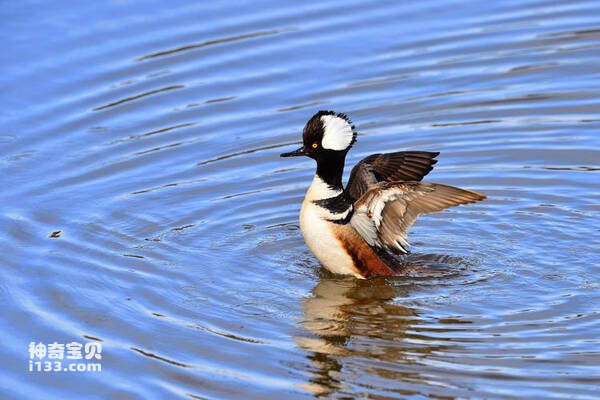
Listed on the International Union for Conservation of Nature Red List of Threatened Species (IUCN) for 2020 ver 3.1 - Not Threatened (LC).
Protect wild animals and eliminate wild meat.
Maintaining ecological balance is everyone's responsibility!

